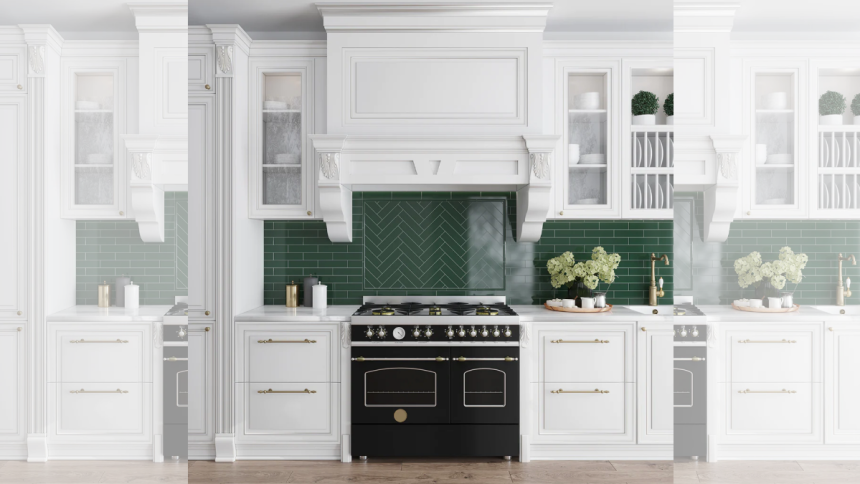With careful planning and creativity, choosing the best tiles can be one of the more interesting aspects of a kitchen project. Tiles are offered in many different materials and styles and vary hugely in price, too. They enhance functionality, add character, and can turn an ordinary space into a centerpiece.
That said, tile selection can be fraught with uncertainty. With vast product offerings, there’s a lot to consider. What material performs better? Ceramic, glass, or marble tiles? How do you pick a style that meshes with your kitchen design? How about upkeep? Read on to learn a few key things to consider while purchasing tiles online.
1. Consider cabinetry and countertops
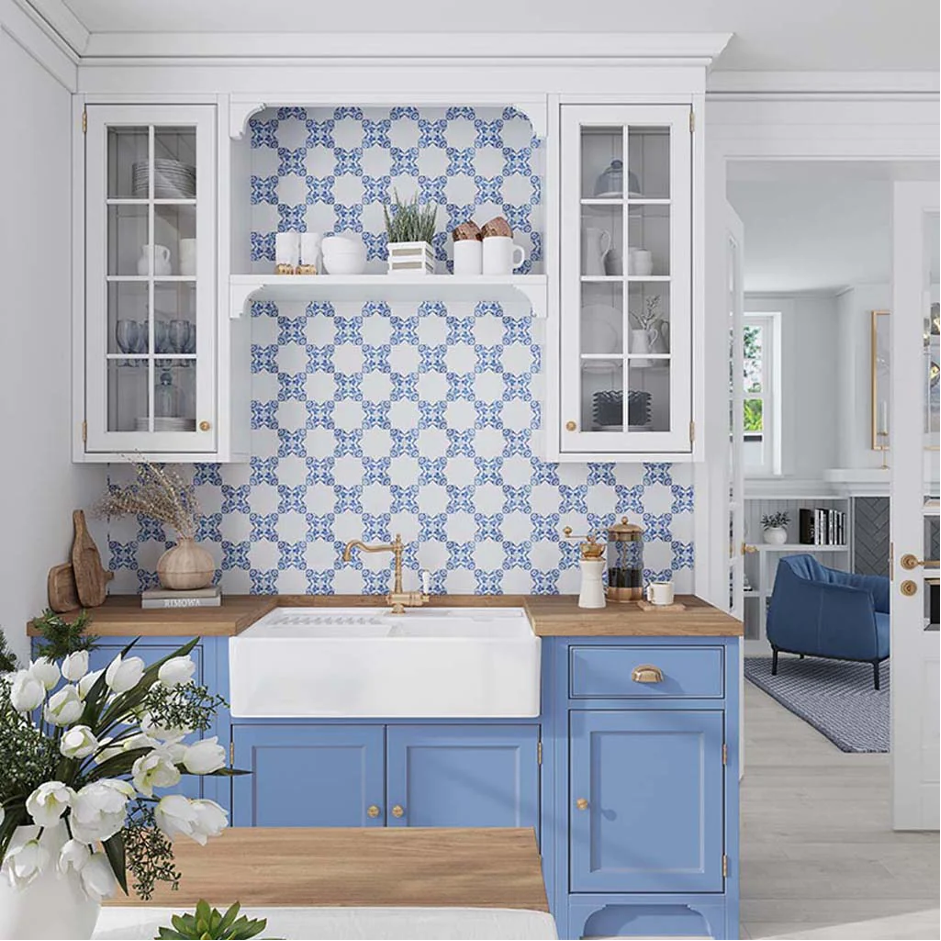
Whether you desire floor or backsplash tiles that command attention or fall to the background, it’s important to consider the lay of the land. Take into account the design and color of the cabinets and countertops to determine the style of tile to go for.
Beauty is in the eye of the beholder, but some rules can help you curate a cohesive interior that wows. Consider the following:
- The more striking your cabinetry work, the more subtle your backsplash or flooring should be.
- If you want your tiled backsplash daring, keeping all the room’s other elements quiet is a great way to accomplish this.
- For an understated look, keep to a neutral scheme and instead, add dimension with tile pattern and texture.
- For the maximalist looking to create a more energetic vibe, make sure there’s at least one element in the room that grounds the scheme.
- Staying within the same color family but varying shades creates a fabulous tone-on-tone look.
Ultimately, there is a colossal range of tiles and no right or wrong decision. So don’t shy away from taking a more imaginative approach.
2. Always order samples before you buy
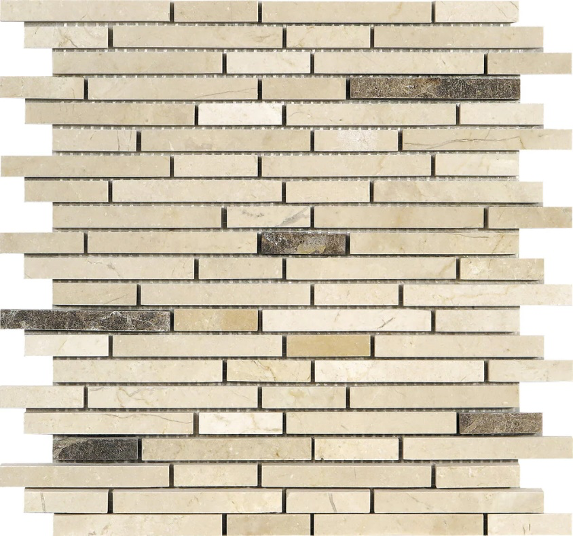
The importance of ordering samples before committing to your best choice can never be overstated. When picking tiles, the greatest feeling is getting it right the first time—never the disappointing, costly mistakes. Samples make it easy to coordinate everything and ensure it works together.
Experience the texture, color, and finish firsthand and see how they mesh with all the room’s other design elements. How does tile color respond to light at different times of day? Now is the perfect to test clean up when you accidentally splash your special marinara sauce all over it.
3. Measure twice to determine tile quantity
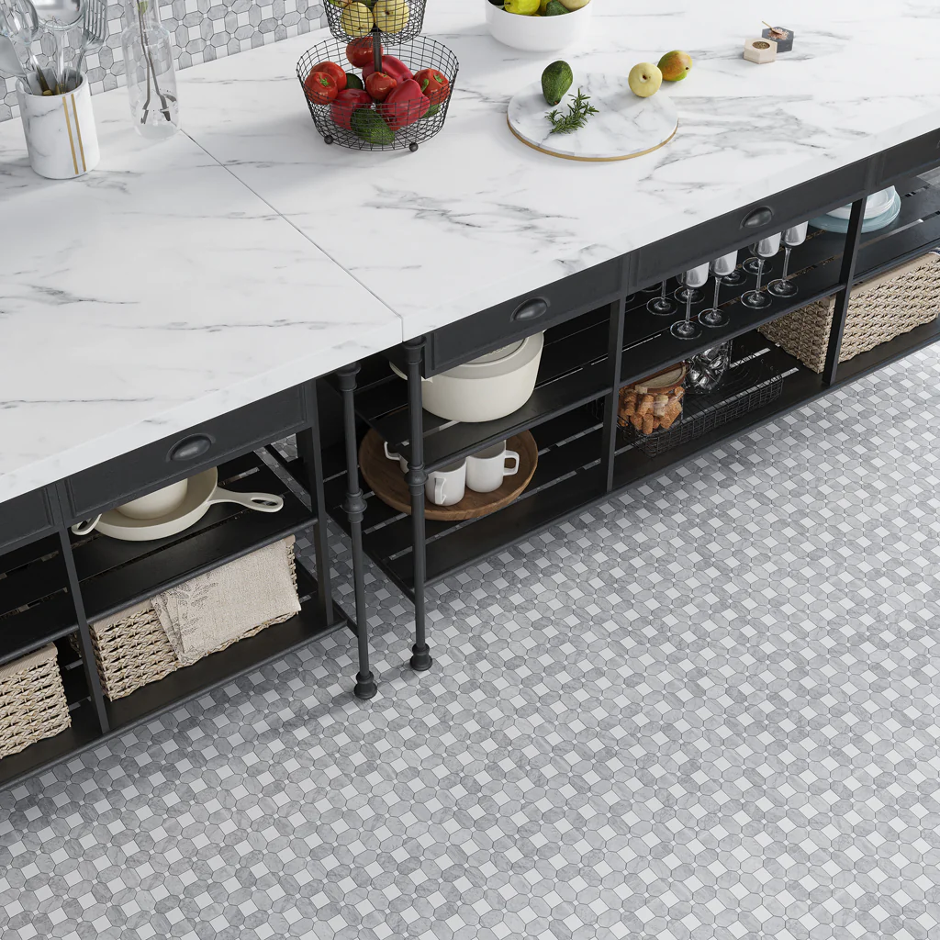
The extra care when measuring the backsplash or floor is worth it. That’s because accuracy will help you determine the right tile quantity required to complete the job. Realizing your tiles aren’t enough mid-project can cause delays and set you behind schedule.
4. Finalize your design and budget
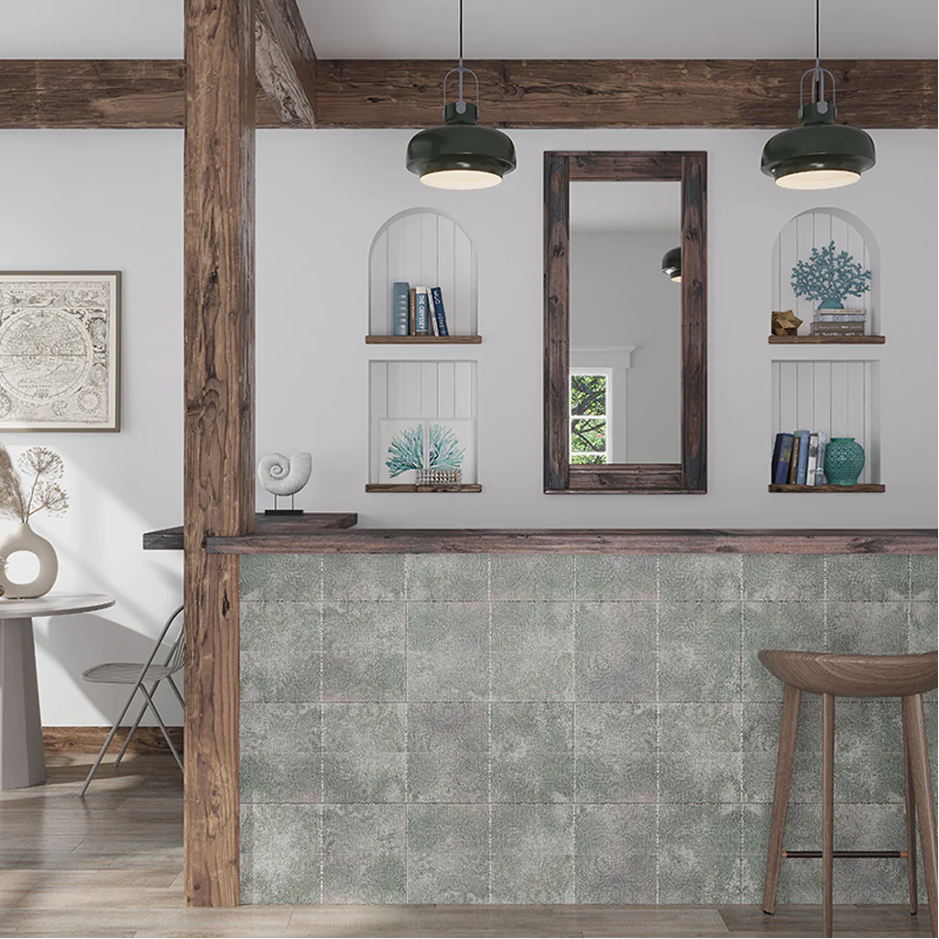
So you’ve decided on a tile style and ordered samples, now it’s time to finalize your design. Give yourself a considerable amount of time to explore the price range you’re working with based on your preferred choice. Decorative mosaics can be slightly expensive while white subway tiles are a more cost-effective pick.
- Give thought to quality adhesive and grout options suitable for your specific project.
- Find out if you’ll need trims to give your tilework a professional finish.
- Set a budget that accounts for all of these elements and installation costs, too.
- Discover the best online tile stores and lean towards those with good reviews and tons of variation in style and price.
5. Invest in extra product
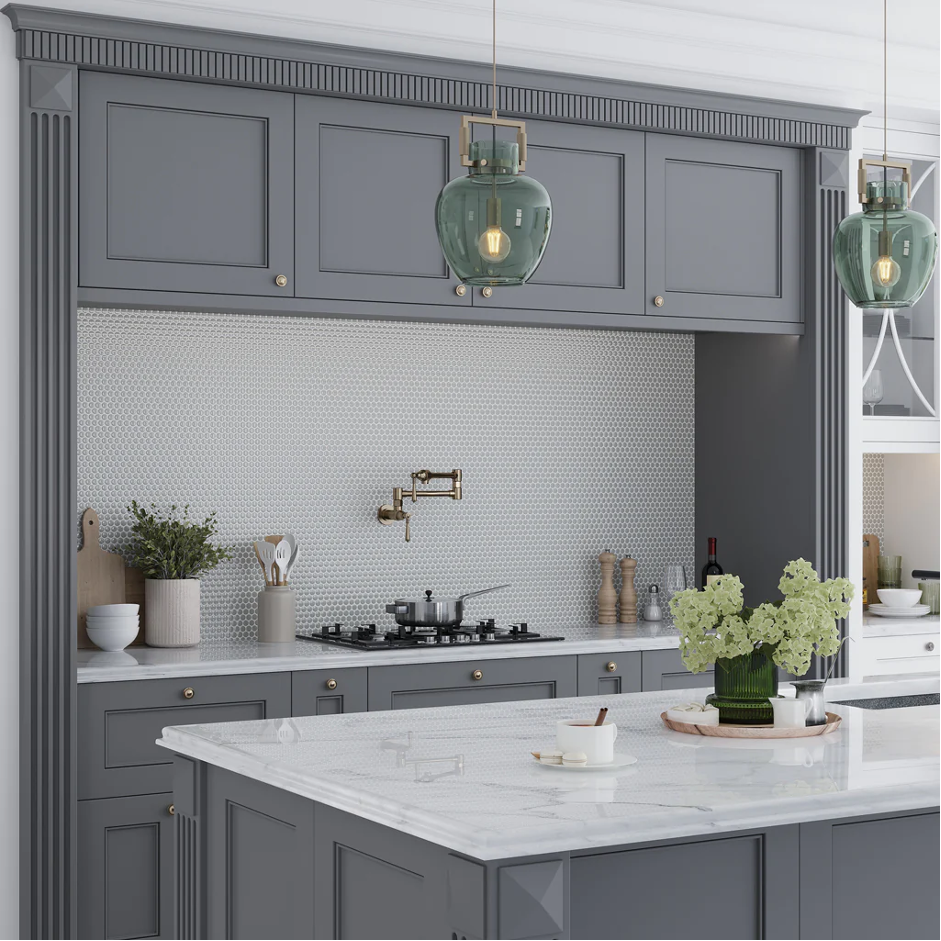
Whether you’re buying wood-inspired porcelain flooring or glass hexagon tile backsplash, we recommend investing in 10-15% more product. This allows for cutting wastage, breakage, or future alterations. Tiles, like most surface finishes, have specific batches. What this means is shades can differ slightly from batch to batch. If you don’t have spares for a later date, you’ll have to try match up the exact same shade as your previous order. It’s possible but tricky.
Lynn Martelli is an editor at Readability. She received her MFA in Creative Writing from Antioch University and has worked as an editor for over 10 years. Lynn has edited a wide variety of books, including fiction, non-fiction, memoirs, and more. In her free time, Lynn enjoys reading, writing, and spending time with her family and friends.


